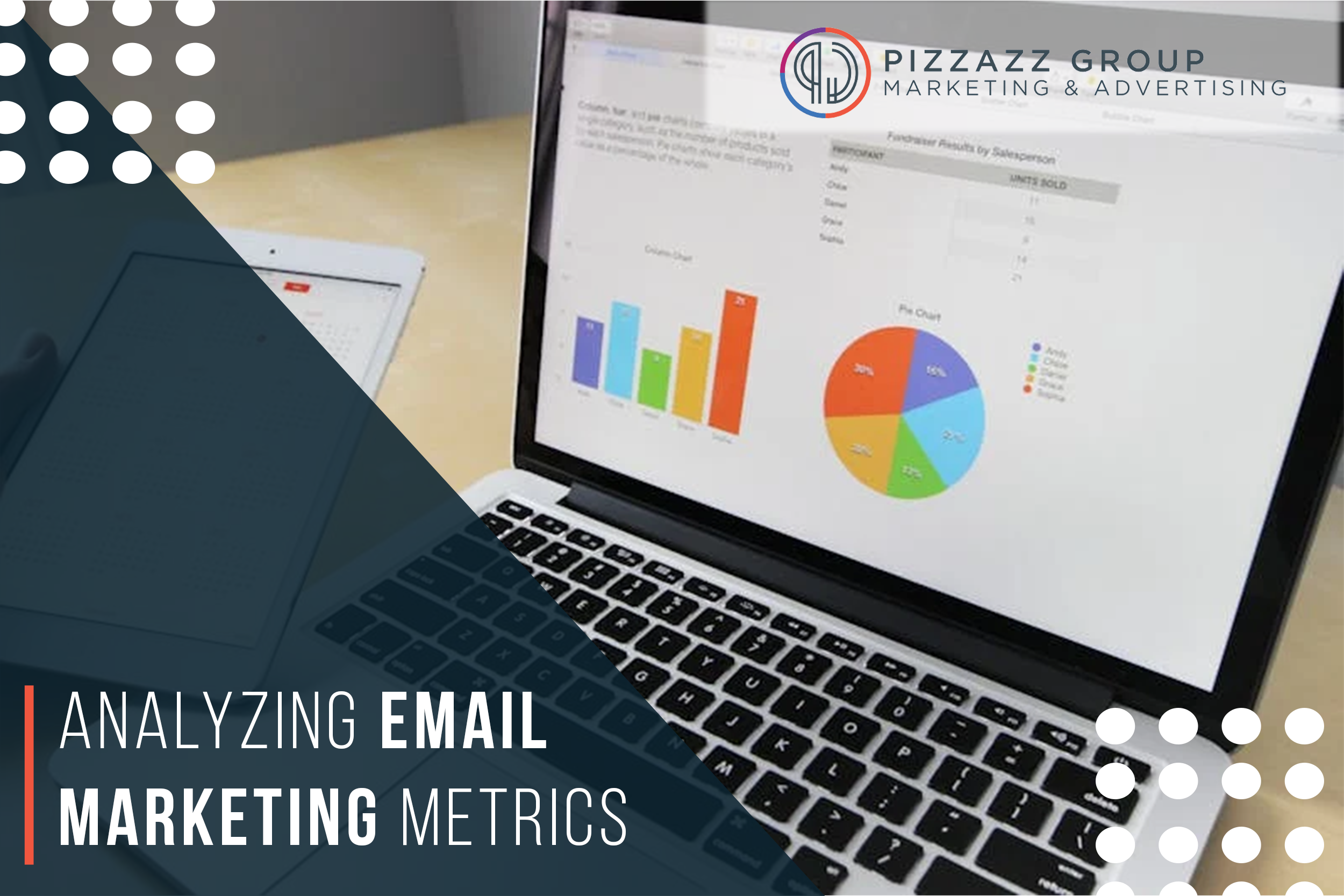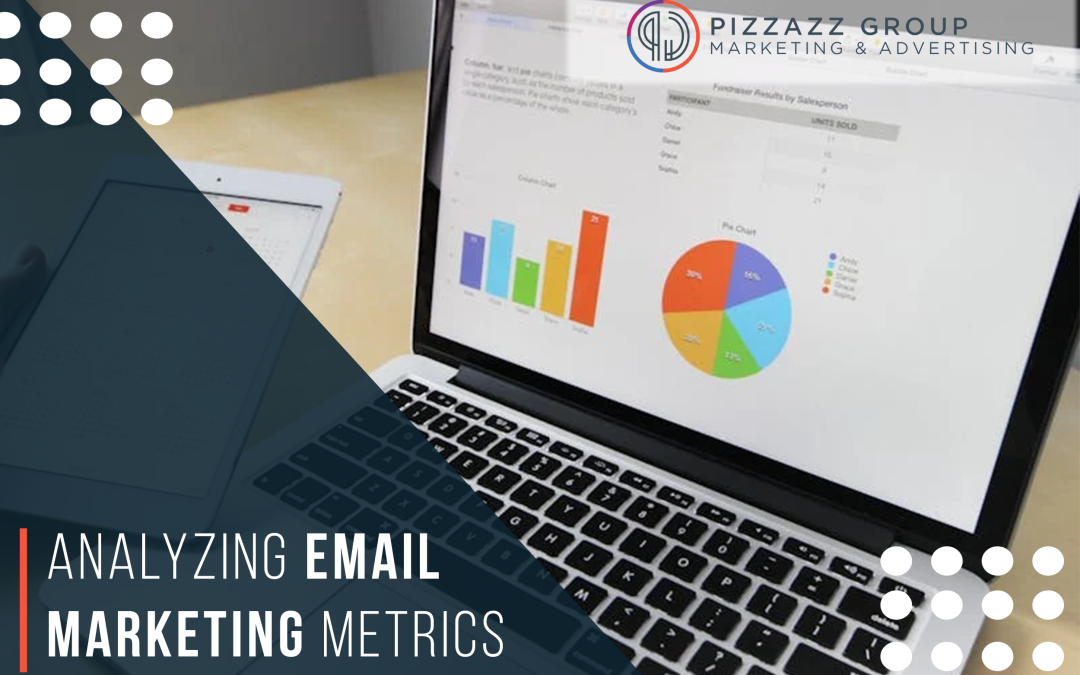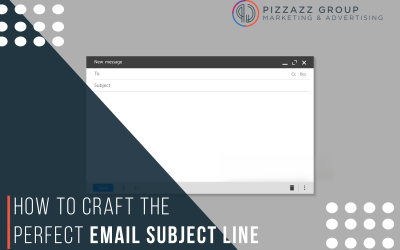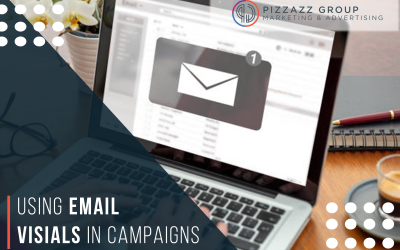
Key Metrics to Analyze
1. Open Rate: The percentage of recipients who open your email out of the total number of emails delivered. It indicates the initial engagement and interest in your subject line and sender name.
2. Click-Through Rate (CTR): The percentage of recipients who clicked on at least one link within your email. CTR measures the effectiveness of your email content and call-to-action (CTA).
3. Conversion Rate: The percentage of recipients who completed a desired action (e.g., made a purchase, filled out a form) after clicking through from your email. It directly reflects the effectiveness of your email in driving conversions.
4. Bounce Rate: The percentage of emails that were not successfully delivered to recipients’ inboxes due to various reasons, such as invalid email addresses or full mailboxes.
5. Unsubscribe Rate: The percentage of recipients who opted out of receiving future emails from your list. A high unsubscribe rate may indicate irrelevant content or too frequent emailing.
6. Delivery Rate: The percentage of emails that were successfully delivered to recipients’ inboxes, excluding bounced emails. It reflects the quality of your email list and sender reputation.
7. Revenue per Email: The amount of revenue generated from each email campaign. This metric ties directly to the ROI of your email marketing efforts and helps measure campaign profitability.
Key Metrics to Analyze
1. Open Rate: The percentage of recipients who open your email out of the total number of emails delivered. It indicates the initial engagement and interest in your subject line and sender name.

2. Click-Through Rate (CTR): The percentage of recipients who clicked on at least one link within your email. CTR measures the effectiveness of your email content and call-to-action (CTA).
3. Conversion Rate: The percentage of recipients who completed a desired action (e.g., made a purchase, filled out a form) after clicking through from your email. It directly reflects the effectiveness of your email in driving conversions.
4. Bounce Rate: The percentage of emails that were not successfully delivered to recipients’ inboxes due to various reasons, such as invalid email addresses or full mailboxes.
5. Unsubscribe Rate: The percentage of recipients who opted out of receiving future emails from your list. A high unsubscribe rate may indicate irrelevant content or too frequent emailing.
6. Delivery Rate: The percentage of emails that were successfully delivered to recipients’ inboxes, excluding bounced emails. It reflects the quality of your email list and sender reputation.
7. Revenue per Email: The amount of revenue generated from each email campaign. This metric ties directly to the ROI of your email marketing efforts and helps measure campaign profitability.
How to Interpret and Analyze Email Marketing Metrics
1. Benchmarking and Goal Setting
• Establish Benchmarks: Compare your email metrics against industry benchmarks to gauge performance and identify areas for improvement.
• Set SMART Goals: Define specific, measurable, achievable, relevant, and time-bound goals for each metric to track progress and measure success.
2. Segment Analysis
• Segment Performance: Analyze metrics based on different audience segments (e.g., new subscribers vs. loyal customers) to understand varying engagement levels and tailor strategies accordingly.
• Behavioral Segmentation: Group recipients based on their behaviors (e.g., purchase history, website interactions) to personalize content and improve targeting.
3. Campaign Performance Evaluation
• A/B Testing: Experiment with different variables (e.g., subject lines, CTAs, content layout) through A/B testing to determine which elements drive higher engagement and conversions.
• Campaign Comparison: Compare the performance of different email campaigns to identify best practices and optimize future campaigns based on successful strategies.
4. Attribution Analysis
• Multi-channel Attribution: Evaluate how email campaigns contribute to overall conversions and revenue generation across different marketing channels (e.g., social media, paid ads).
• First-Click vs. Last-Click Attribution: Determine whether email campaigns initiate customer journeys (first-click) or finalize conversions (last-click) to understand their role in the sales funnel.
Actionable Insights for Optimization
1. Improve Subject Lines and Preheaders
• Subject Line Testing: Test variations of subject lines to optimize open rates. Experiment with personalization, urgency, curiosity, and clarity.
• Preheader Optimization: Utilize the preheader text to complement the subject line and provide additional context or incentive to open the email.
2. Enhance Email Content and Design
• Visual Appeal: Use engaging visuals, videos, and GIFs to capture attention and convey information effectively.
• Content Relevance: Tailor content to meet the specific needs and interests of your audience segments. Personalize recommendations, offers, and messaging based on recipient data.
3. Optimize Call-to-Action (CTA)
• CTA Placement: Position CTAs prominently within the email and ensure they stand out visually. Use compelling language that encourages immediate action.
• Link Optimization: Test different CTA styles, colors, and text to determine which variations drive higher click-through rates.
4. List Engagement Strategies
• Clean Email Lists: Regularly update and cleanse your email list to remove inactive or bounced email addresses that can impact deliverability.
• Engagement Segmentation: Segment your audience based on engagement levels (e.g., active vs. inactive subscribers) and tailor re-engagement campaigns to regain interest.
Best Practices for Leveraging Email Marketing Metrics
• Continuous Monitoring: Regularly monitor email metrics in real-time and use analytics tools (e.g., Google Analytics, email marketing platforms) for deeper insights.
• Data-driven Decision Making: Base optimization strategies and campaign adjustments on empirical data and performance trends rather than assumptions.
• Iterative Improvement: Implement iterative testing and optimization cycles to refine email strategies continuously and adapt to evolving audience preferences.
Case Studies and Examples
1. Women’s Clothier:
• Objective: Increase sales through cross-selling
2. Nonprofit:
Conclusion
For more information on Email Marketing for your business, contact Pizzazz Group at customer@pizzazzgroup.com or by calling (614) 350-1681.
Related Email Marketing Blogs
How To Craft The Perfect Email Subject Line
A well-crafted subject line can mean the difference between your email being opened, read, and acted upon, or being ignored and relegated to the dreaded spam folder. In this guide, we'll delve into the art and science of crafting the perfect email subject line that...
Using Email Visuals In Campaigns
One of the most effective ways to capture attention and convey information in email campaigns is through visuals. Visual content—such as images, infographics, videos, and GIFs—not only enhances the aesthetic appeal of your emails but also communicates your message...
The Role Of Emails For Customer Retention
Effective email marketing goes beyond acquisition—it plays a pivotal role in customer retention strategies, fostering loyalty, encouraging repeat purchases, and ultimately driving sustainable growth. This guide explores the importance of emails in customer retention,...





